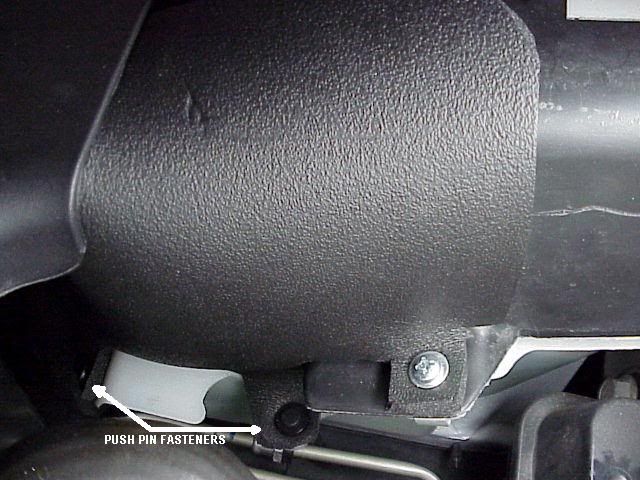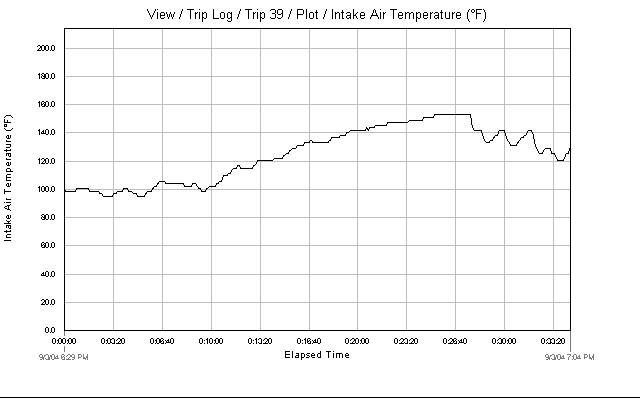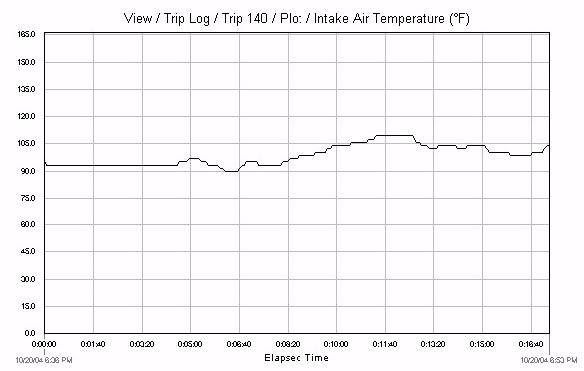MichEnvoyGuy
Member
- Dec 3, 2011
- 523
drwfaulk said:
Got it painted the other day I love it
That looks really nice! Is that the green filter I was hearing about on this site?
drwfaulk said:
Got it painted the other day I love it
MichEnvoyGuy said:Is it just me or does that clamp to the resonator box? I think you'd really want one that eliminates the resonator box and goes right to the throttle body, but thats just MHO.
MichEnvoyGuy said:That looks really nice! Is that the green filter I was hearing about on this site?


 Too bad this idea wasent around before I bought my airaid CAI.
Too bad this idea wasent around before I bought my airaid CAI.  I think Im gonna try and utilize part of this DIY and run some tubing from my CAI to my TB deleting the resonator. And the best part Is the only drilling Ill have to do is for the hoses connected to the resonator. :wootwoot:
I think Im gonna try and utilize part of this DIY and run some tubing from my CAI to my TB deleting the resonator. And the best part Is the only drilling Ill have to do is for the hoses connected to the resonator. :wootwoot: Houston, we have a problem!
Houston, we have a problem! 
 Using clamps and gloved hands, I tried to roll the pipe back into a nice curve, but it pretty much just wanted to fold up on itself. Essentially that chunk of pipe is ruined, so I had to put my stock intake back on, then go hit the stores and see what I could find for building a new intake.
Using clamps and gloved hands, I tried to roll the pipe back into a nice curve, but it pretty much just wanted to fold up on itself. Essentially that chunk of pipe is ruined, so I had to put my stock intake back on, then go hit the stores and see what I could find for building a new intake.

In the first, they show that there is no difference difference between using a cheap or expensive filter. That's all fine, but what was the power with the stock intake on the 'blue turd'?
In the second video they actually did a much better job of covering all circumstances, and the results are somewhat interesting right up until the very last test with the filter outside of the vehicle. In that test, they added a long ribbed hose, which is exactly the situation I am trying to get rid of by replacing the factory intake. And again, this video does not really apply to the intake in this thread because 1) they didn't remove any intake resonators, 2) they didn't clean up the airflow path from the filter to the engine, and 3) you seem to have the mistaken impression that changing the pipe between the filter and engine qualifies as a cold-air intake... it does not.
The throttle body limits the amount of air that can come into the engine, but a smoother intake reduces the amount of vacuum required to get that air into the engine. If your engine doesn't have to work as hard to breathe, it has more energy available for power to the wheels. Yes, we are talking about very small differences, but when you're trying to get the last drop out of your engine, those small differences can add up.


 Just think about.
Just think about.gboos said:So why the hell you are not using an "Electrical Turbo Air Booster"Just think about.
gboos said:It doesn't matter from where it is coming, because the filter has to take the air just from the perpendicularly (right angle) to work properly and to let the right amount of air through it ..... So with all these super CAI without any well designed air boxes and well fitting filters, you can "smooth" the way in any way and it will not help. The Original setup were just made for sound issues, emission issues and dirt edge ... When you will get it ? Damn that sucks if people are just believing in advertising and marketing stuff and do not thinking behind the "public" sh....
blazinlow89 said:I use 1/8" thick PVC pipe rather than aluminum as it does not conduct and hold heat as well, it also acts as a thermal insulator to keep the cool air separate from the warm air.
Shdwdrgn said:Do you think there's any noticeable difference between using the 1/8" wall and 1/4" wall PVC pipe, with regards to heat? I had considered using the thinwall while building my latest intake, since it would provide a little extra ID for top-end airflow. It seems like the thinner pipe would sluff off heat faster, but the thickwall pipe would provide better insulation, so I couldn't see any clear benefit of one over the other.
 ....finally sold it for $40,00 US ... :wootwoot: ... in 76, that was a chunk of change..... I haven't started on the TB , but I think I can make a difference... ; )))))
....finally sold it for $40,00 US ... :wootwoot: ... in 76, that was a chunk of change..... I haven't started on the TB , but I think I can make a difference... ; )))))
Shdwdrgn said:@groundshock -- Love the color matching! That little splash really adds something under the hood.
tblazed said:I made a "baffle" from 1/2" rubberized PVC foam to block off the engine bay heat and get intake air from around the headlight. Works great!
Cardboard template

Installed. This goes up and touches the back of the radiator support, all the way down to the frame. 2003+ without the top rad support molding would need to extend it across the top of the air filter box to seal the top.

Before mod IAT. Temps continues to rise upwards of 150°F

After mod IAT. Temp stabilizes abouit 10°F over ambient temp

